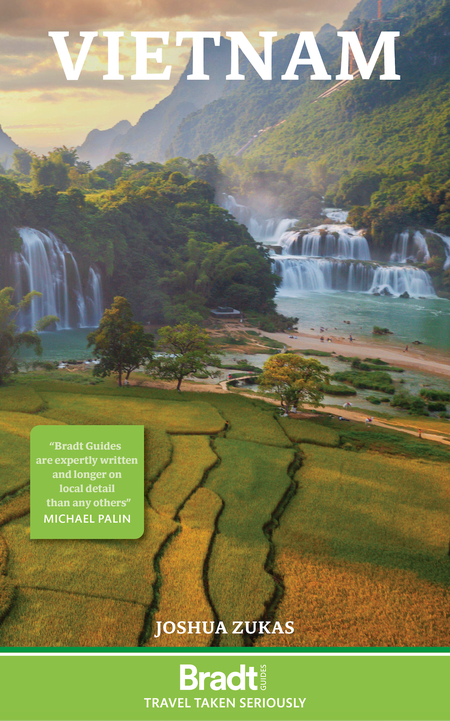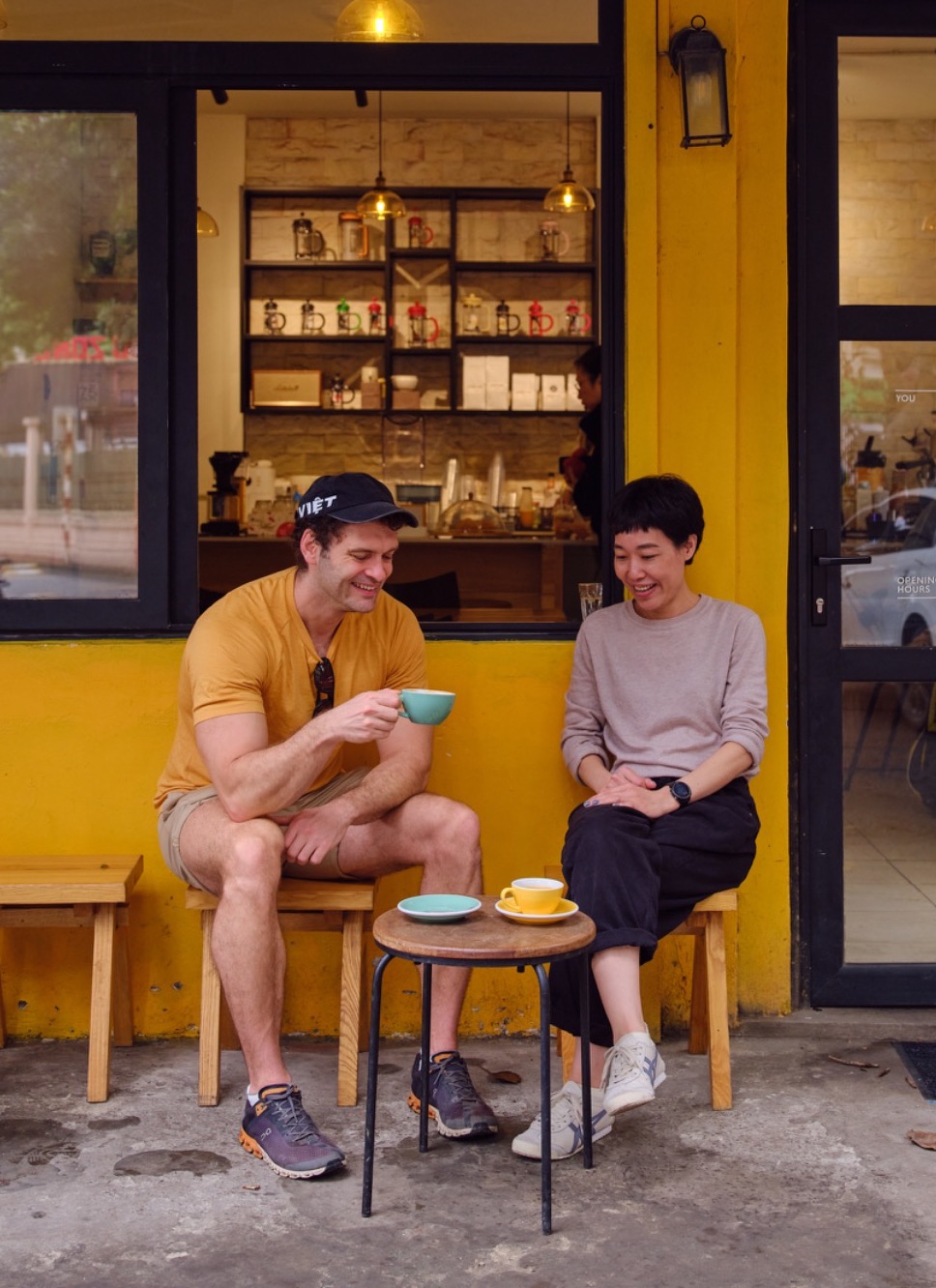

(that's me in the VIỆT cap)
Prioritising depth over breadth, I focus exclusively on Vietnam, a country I cover in guidebooks, podcasts and audio tours.
You'll also find my words on the pages and screens of many of the world's top publications, including Lonely Planet, The Economist, Wallpaper, BBC, Business Insider, Fodor's Travel, National Geographic Traveller, Interior Design Magazine, Michelin Guide and Asia's first-rate in-flight magazines.
To see some of my portfolio highlights, scroll down. For specific verticals, look at the navigation bar above. To connect with me, click the icons below.
If you're planning a trip to Vietnam and looking for insightful and inspiring travel information, click here to read free stories, guides and itineraries.
Click here to join the waitlist for my Bradt guidebook and be the first to know when it's out (August 2025 most likely). In it you'll find:
· Advice on choosing the right mountains, beaches, caves and road trips to optimise your time in Vietnam.
· Tips on how to get the most out of key cities and towns while avoiding those pesky crowds.
· Dozens of recounted myths and legends, adding texture and context to the country’s history and culture.
· Specialist contributions from local journalists, historians, academics and travel experts to give depth to your trip.


